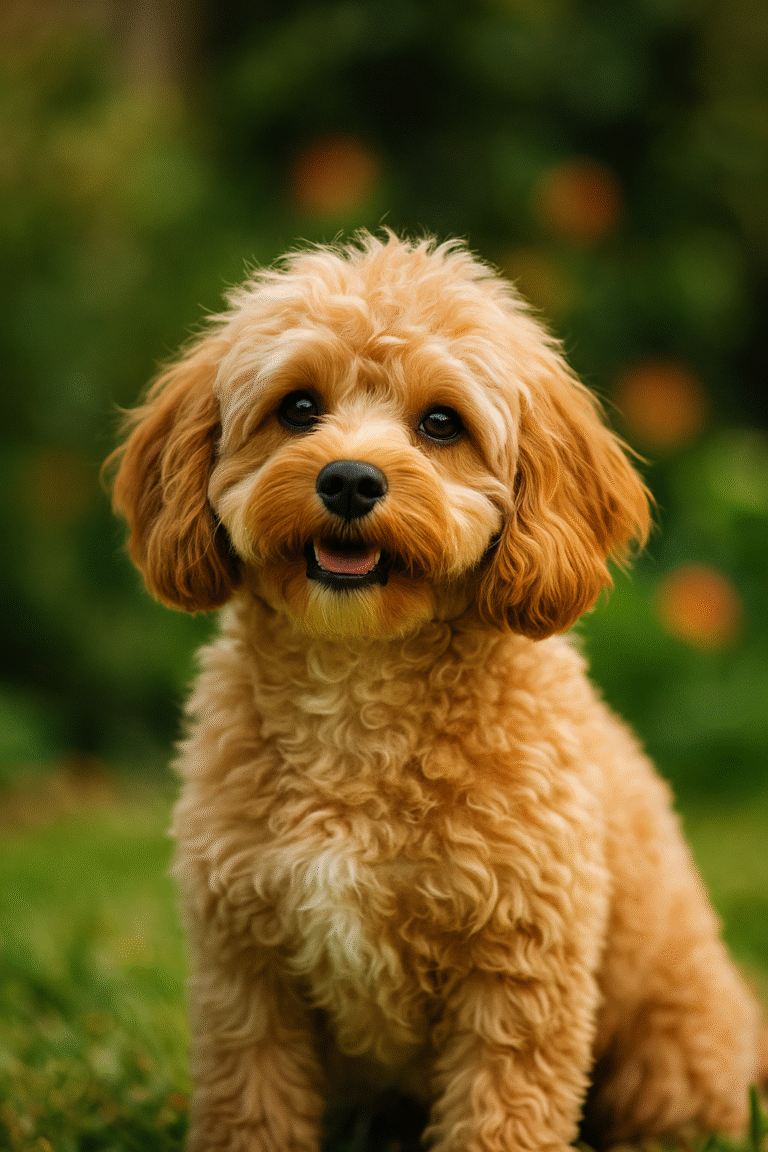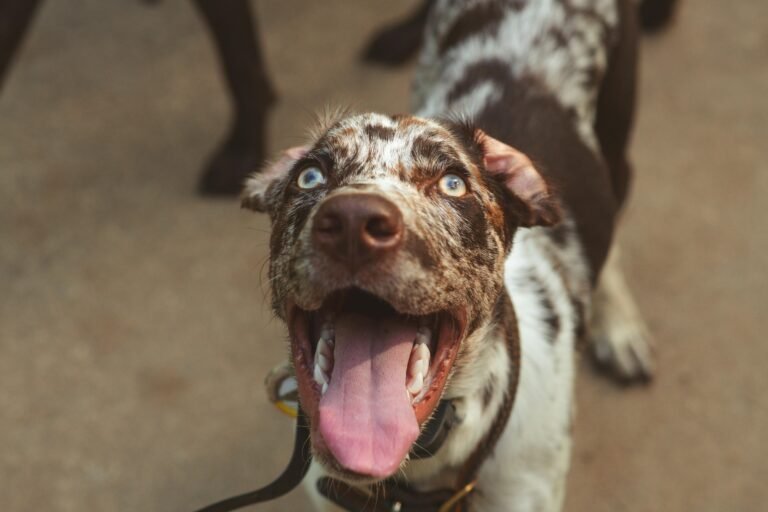Capturing your dog’s personality through photography is one of the most rewarding ways to celebrate the bond you share. Unlike posed studio portraits, great dog photos reveal the energy, curiosity, and quirks that make your pup unique. Whether you are an amateur photographer with a smartphone or a seasoned hobbyist with a DSLR, planning a photoshoot around your dog’s needs and using some creative techniques will help you create images you will cherish for years.
While professional equipment can make certain tasks easier, you do not need an expensive camera to take amazing photos. Modern phones shoot high-resolution images and even slow-motion video. What matters more is understanding your dog, choosing a comfortable setting, and patiently waiting for candid expressions. Using a camera with a fast burst rate and quick autofocus helps capture action shots. A long lens (such as a 70–200 mm zoom) allows you to keep a safe distance, making dogs more relaxed and letting you frame them against beautiful backgrounds. Just as important is your dog’s safety: choose locations free of hazards, avoid busy roads, and remember that no photo is worth putting your pet at risk.
Preparing Your Dog
Successful photos start with preparation. Before your session, exercise your dog to burn off excess energy. A brisk walk or play session will help them settle into relaxed poses. Brush their coat and wipe their face and eyes to remove tear stains, especially if you have a light-colored or long-haired breed. Bring a variety of treats and toys to keep their attention. If your dog knows basic obedience cues like “sit,” “stay,” and “look,” you will have an easier time positioning them. For puppies or energetic dogs, recruit a friend to act as a handler so you can focus on capturing the shot.
Consider your dog’s personality when planning:
- Shy dogs: choose quiet, familiar locations (e.g., your backyard).
- High-energy pups: plan action shots—frisbee catches, beach runs, splash sessions.
- Seniors: cozy indoor scenes on a favorite blanket or bed.
Keep sessions short and end on a positive note. If your dog appears tired, stressed, or uninterested, take a break and try another day.
Choosing a Theme
- Seasonal Scenes: Spring blossoms, summer beaches and meadows, autumn leaves, winter snow. Add a bandana or lightweight sweater to complement the season.
- Holiday Celebrations: Pumpkin patches for Halloween, cozy tree lights for Christmas or Hanukkah (keep lights out of reach and use a fast lens).
- Everyday Adventures: Hikes, swims, road trips—document favorite activities. Use burst mode and anticipate movement.
- Hobbies and Props: Instruments, books, vintage suitcases, picnic baskets, bubbles, flower crowns, or a teepee. Keep props safe and supervise closely.
Finding the Perfect Location
Natural light is your friend. On sunny days, shoot in open shade for even illumination; cloudy days give soft, flattering light. Scout parks, beaches, alleys with murals, or your backyard. Early morning and late afternoon (the “golden hours”) produce warm, soft light that flatters fur.
For indoor sessions, look for rooms with large windows. Position your dog facing the light to brighten their eyes. Keep backgrounds simple—solid walls, cozy blankets, or tidy living rooms—to keep the attention on your pup.
Composition and Technical Tips
- Get on Their Level: Kneel or lie down so you’re shooting at eye level for a more engaging perspective.
- Focus on the Eyes: Use single-point AF (or eye detection) and a fast lens (f/2.8 or wider) to blur backgrounds and make eyes pop.
- Use Burst Mode: Capture sequences to snag the perfect expression.
- Embrace Action: Use a fast shutter (1/500s or faster). Pre-focus where your dog will pass and start shooting as they approach.
- Experiment With Angles: From above for playful looks; from below for “hero” vibes; try reflections in puddles or mirrors.
- Include People: Hands offering a treat, a child hug, or a walk together adds storytelling and warmth.
Ensuring Safety and Comfort
- Choose locations free of sharp objects, toxic plants, or heavy traffic.
- Leash when required or in unfenced areas; long lines can be edited out later.
- Prevent overheating: provide water, shade, and breaks; in cold weather, watch for shivering or discomfort.
- Avoid restrictive props or outfits that impede breathing, sight, or movement. If your dog seems stressed, stop and reset.
- Use treats and praise generously—sessions should be fun, not frustrating.
Editing and Sharing Your Photos
Select favorites, then make basic edits to color, contrast, and brightness. Crop to improve composition and use retouching tools to remove leashes or distractions. Mobile apps like Lightroom Mobile or Snapseed work great. For action shots, consider black-and-white conversions to emphasize texture and motion.
Share on social media with thematic tags (e.g., #dogphotography, #adventurepup, #holidayhound). Create prints, an album, or a calendar. Most importantly, celebrate the personality you captured—the goofy grin, the focused stare, the post-run tongue loll.
Conclusion
Creative dog photoshoots are about more than pretty pictures—they celebrate your dog’s spirit. With thoughtful prep, themes and locations that suit your pup, and a few technical and safety best practices, you can capture images that tell a story. Grab your camera, pack some treats, and start shooting—your pup’s next great portrait awaits!






